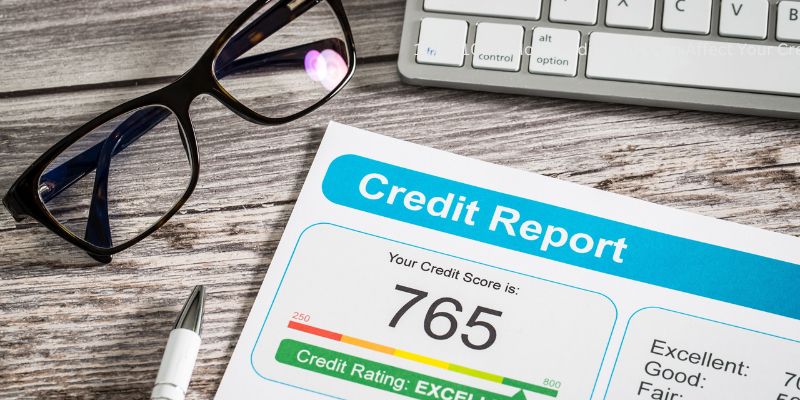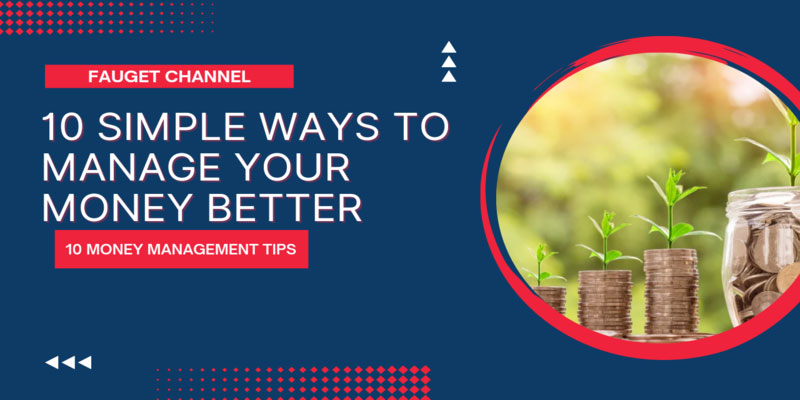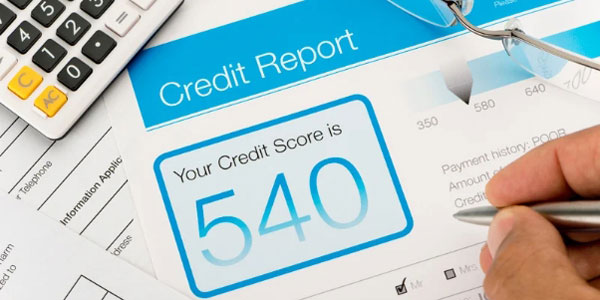In 1980, the proportion of GDP in finance, real estate, and professional services added-value industry, is higher than the manufacturing industry in the United States for the very first time. The era of industry is like the last sunlight at dusk. And it had no clue that it was going to the dead end.
Buffett invests in all his life, but he only trusts industry, and only believes in the promising companies. Unfortunately, in the 1980s, there were fewer and fewer companies like this kind, and he had to pay attention to some of the more valued companies.
In 1987, Buffett made another famous choice: investing in Coca-Cola. Coca-Cola was already a giant in the beverage industry, and Coca-Cola reached a 15 billion market value.
Buffett, who gambled on American national fortune, clearly saw a problem that Wall Street analysts could not see: Coca-Cola is not a drink but a brand name. So how much does it cost to build a brand that will be popular all over the world?
30 billion? 80 billion? 150 billion?
Buffett and Munger calculated and realized that Coca-Cola is an unduplicated legend, and its value was lower estimated.
If you sell more expensive than Coca-Cola, then no one will buy from you.
If you sell at the same price as Coca-Cola, why don't people buy Coca-Cola?
If you sell cheaper than Coca-Cola, then how much you sell equals how much you lose.
This is the acme of competition.
In that year, Buffett bought $593 million of Coca-Cola shares, and then increased his holdings to $1,024 million. Coca-Cola also paid him back, bringing 10 times growth within 10 years.
This case is often mentioned as a classic case of Buffett's investment.



